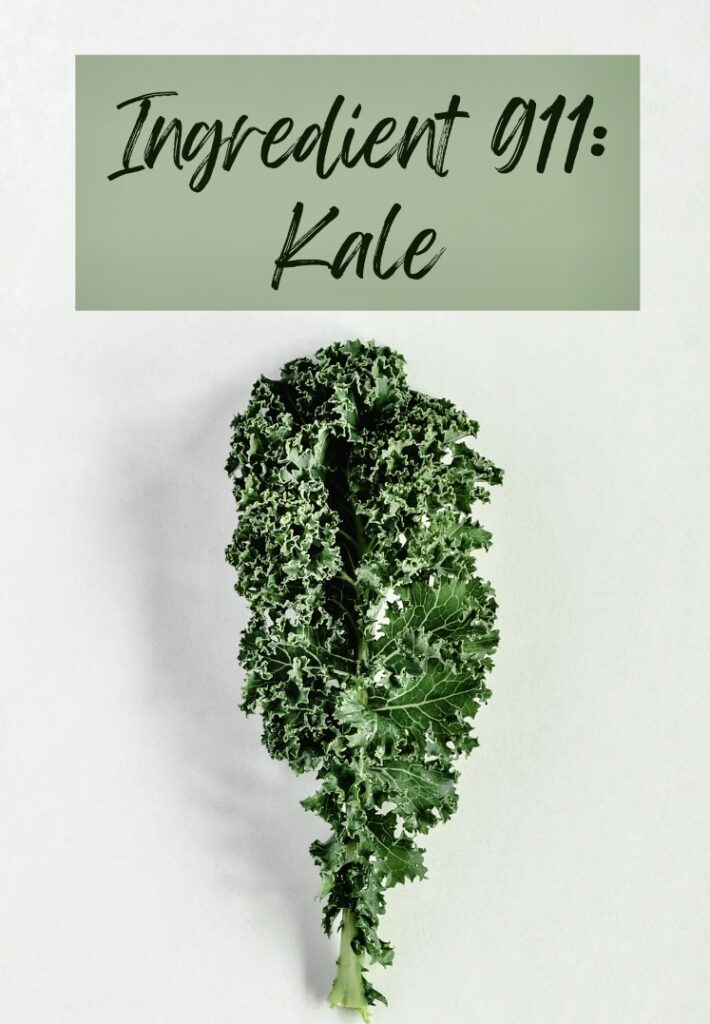
Achieving a healthy lifestyle starts at an early age. Children learn about the importance of eating well and physical activity, and as they grow they become more aware of the benefits of eating healthily. It can be difficult for people to eat a balanced diet. However, numerous studies have shown that healthy eating habits are possible. This includes whole grains and protein as well as plenty of fruits, vegetables, and whole grains. A healthy lifestyle includes maintaining a healthy weight, regular exercise, and healthy eating habits.
The Healthy Lifestyles program was designed by individuals with disabilities. This holistic approach to health has continued to evolve as more people have learned how to lead healthier lives. A Health Life Curriculum and Leader's Guide are included in the workshop to assist participants in living a healthy lifestyle. The workshop also includes six follow-up meetings where the workshop participants discuss their progress on their personal goals, share resources, strategies, and successes, and learn how to maintain a healthy diet and lifestyle.

It consists of three components, advocacy, education, as well as clinical care. The first phase of the program requires teachers to complete a Lead Healthy Lifestyles Leader certification course. Training includes a simulation workshop. The workshop provides the opportunity for the trainees to gain experience with the curriculum and philosophy. In the second phase, the leaders take a one-day Leadership Training event to gain more knowledge about the Healthy Lifestyles curriculum.
The programme is a multi-phased programme that spans three school terms and focuses on delivering a general message about a healthy lifestyle. It encourages physical activity as well as energy balance. This phase aims to build relationships and promote awareness of the programme among children. Children are encouraged to incorporate Healthy Lifestyles into their everyday lives in the final phase. A healthy lifestyle has many aspects, so it is important to start with a plan.
The second phase, Creating a Supportive Framework, is the second phase. This phase will raise awareness and build relationships between parents and children about HeLP. Professional dancers and other athletes talk with the children about healthy lifestyles. They also offer workshops. They can be role models for children and help to change school culture. Health starts with good nutrition and physical activity. Healthy lifestyles can lead to better health.

A healthy lifestyle is more than just eating healthy foods. Healthy eating habits and regular exercise are important components of a healthy lifestyle. Include healthy foods in your diet. Vitamins and minerals are available in foods. The healthy foods that you eat will help your body function better. You can also eat less fatty foods than you consume.
FAQ
Supplements and herbs can improve immunity
You can boost your immune function with herbs and natural remedies. Ginger, garlic, ginger, echinacea and ginkgo biloba are some of the most common.
These herbal remedies should not be used in place of conventional medical treatment. Side effects include nausea, diarrhea and stomach cramps, headaches and dizziness.
How much should I weigh for my height and age? BMI calculator and chart
To determine how much weight loss you need, a BMI calculator is your best friend. The range of a healthy BMI is between 18.5- 24.9. If you want to lose weight, then you should aim to drop about 10 pounds per month. Enter your weight and height into the BMI calculator.
Check out this BMI chart to determine if you are overweight or obese.
What's the difference of a calorie versus a Kilocalorie?
Calories are units used to measure the amount of energy in food. The unit of measurement is called a calorie. One calorie is equal to one degree Celsius in energy.
Kilocalories refer to calories in another term. Kilocalories are measured in thousandths of a calorie. 1000 calories are equal to one kilocalorie.
What should I eat?
You should eat lots of vegetables and fruits. These fruits and vegetables are high in vitamins, minerals, which can help you keep your immune systems strong. Fruits and veggies are also high in fiber, which makes them filling and helps with digestion. You should eat at least five servings per day of fruit or veg.
Drink plenty of water. Water helps flush toxins out of your body and makes you feel fuller between meals. Drink about eight glasses each day.
Eat whole grains instead of refined ones. Whole grains have all their nutrients intact, including B vitamins, iron, zinc, magnesium, calcium, and protein. Refined grain has lost some of its nutrition.
Sugary drinks should be avoided. Sugary drinks have empty calories and are a major contributor to obesity. Choose water, milk or unsweetened tea instead.
Avoid fast food. Fast food has very little nutritional value. Although it may taste delicious, fast food won't provide you with the energy you need for your daily activities. Use healthier options, such as soups, sandwiches, salads, and pasta.
Limit your alcohol intake. You can reduce your intake of alcohol by limiting the amount of empty calories. Limit your consumption to no more than 2 alcoholic beverages per week
Reduce your consumption of red meat. Red meats are high-in saturated fat and cholesterol. Opt for lean cuts of beef, pork, lamb, chicken, fish, and turkey instead.
How can I live my best everyday life?
Finding out what makes your heart happy is the first step to living a fulfilled life. Once you've identified what makes your happy, you can start to work backwards. You can also inquire about the lives of others.
You can also read books by Wayne Dyer, such as "How to Live Your Best Life". He discusses happiness and fulfillment in every aspect of our lives.
What are the 10 best foods to eat?
The 10 best foods to eat include:
-
Avocados
-
Berries
-
Broccoli
-
Cauliflower
-
Eggs
-
Fish
-
Grains
-
Nuts
-
Oats
-
Salmon
Statistics
- According to the 2020 Dietary Guidelines for Americans, a balanced diet high in fruits and vegetables, lean protein, low-fat dairy and whole grains is needed for optimal energy. (mayoclinichealthsystem.org)
- Extra virgin olive oil may benefit heart health, as people who consume it have a lower risk for dying from heart attacks and strokes according to some evidence (57Trusted Source (healthline.com)
- The Dietary Guidelines for Americans recommend keeping added sugar intake below 10% of your daily calorie intake, while the World Health Organization recommends slashing added sugars to 5% or less of your daily calories for optimal health (59Trusted (healthline.com)
- WHO recommends reducing saturated fats to less than 10% of total energy intake; reducing trans-fats to less than 1% of total energy intake; and replacing both saturated fats and trans-fats to unsaturated fats. (who.int)
External Links
How To
What does the term "vitamins" mean?
Vitamins can be described as organic compounds found in food. Vitamins are essential for our bodies to absorb nutrients from the foods we eat. Vitamins cannot be made by the body; they must be taken from food.
There are two types: water-soluble and fat-soluble vitamins. Water-soluble vitamins dissolve readily in water. Some examples include vitamin C,B1 and B2 vitamins (thiamine), B2 and riboflavin, B3 and B6 vitamins (niacin), folic acids, biotin, pantothenic acids, and cholesterol. The liver and fat soluble vitamins are stored within the liver and in fatty tissue. These include vitamin D, E and K, as well as beta carotene.
Vitamins are classified according to their biological activity. There are eight main groups of vitamins.
-
A - vital for healthy growth.
-
C is important for nerve function and energy production.
-
D - Vital for healthy bones and teeth
-
E - Required for good vision & reproduction
-
K - Required for healthy nerves and muscles.
-
P – vital for building strong bones.
-
Q - Aids in digestion and absorption.
-
R – Required for the formation of red blood vessels.
The recommended daily allowance (RDA), for vitamins, varies depending upon age, gender, or physical condition. The U.S. Food and Drug Administration has established the RDA values.
For example, the RDA for vitamin A is 400 micrograms per dayfor adults 19 years or older. Pregnant mothers need 600 micrograms per days because it is vital for the development and growth of their baby. Children ages 1-8 require 900 micrograms per day. Infants under one year of age require 700 micrograms per day, but this amount decreases to 500 micrograms per day between 9 months and 12 months of age.
Children aged between 1-18 years require 800 micrograms of sugar per day, while overweight children need 1000 micrograms. Children who are underweight receive 1200 micrograms every day to meet their nutritional requirements.
2200 mg of vitamin A per day is required for children aged 4-8 who have been diagnosed by anemia.
2000 micrograms is the minimum daily intake for adults over 50 years old to maintain good health. Women who are pregnant or breastfeeding need 3000 micrograms per day due to increased nutrient requirements.
1500 micrograms is the recommended daily intake for adults aged 70+, who lose approximately 10% of muscle each year.
Women who are pregnant or lactating need more than the RDA. Pregnant women require 4000 micrograms daily during pregnancy, and 2500 micrograms every day after birth. Breastfeeding mothers need 5000 mg per day when breastmilk is being produced.